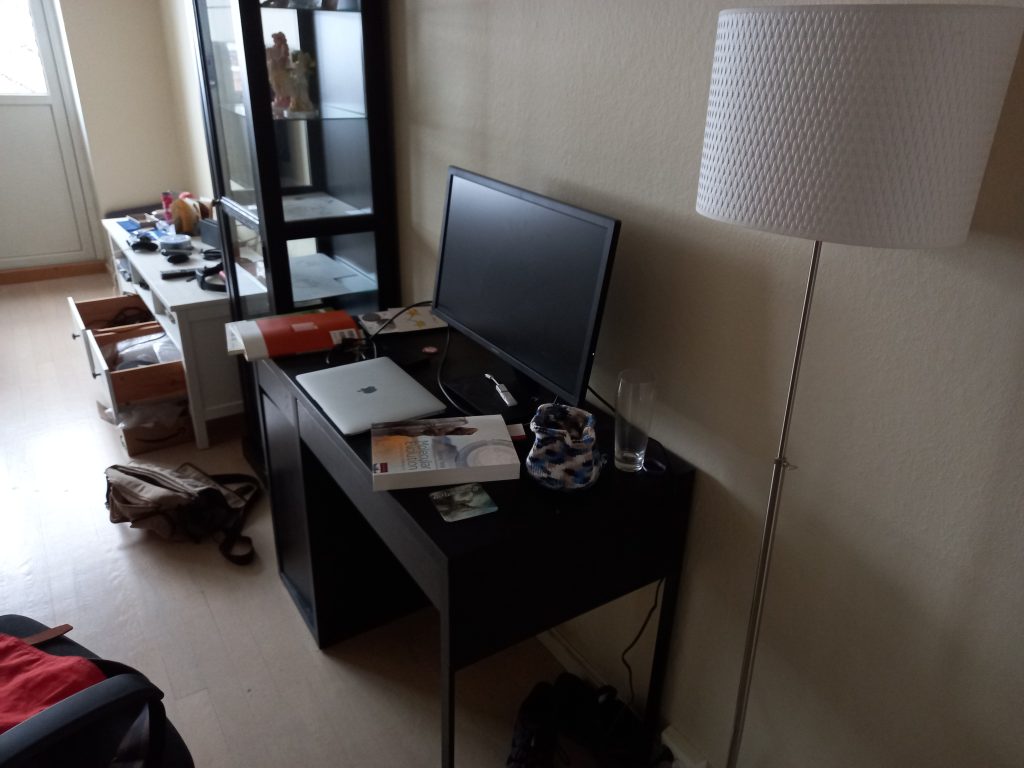So we’re in advent again! I arrived last December to a chilly Oslo, and it feels like the year has flown by. For us, and I imagine for many of our readers too, the year has been characterised by rolling lockdowns and the steady pace towards vaccination. But with the labs locked down for part of the year, and at limited capacity for much of the rest, what did researchers like me get up to?
The answer is that honestly, in my case, the way I do my work didn’t change much at all.

As a computational and methodology-based researcher, I often work in concert with those in the labs to help them turn the data they get from their specimens into something beautiful, like a new genome, or a phylogenetic tree of relationships. Sometimes, I just look at the mathematical patterns behind the calculations we make to understand the evolutionary relationships between organisms, without looking at biological data at all. I love getting my hands on new genes and proteins, and this kind of work is valuable to the field, but when everything came shuddering to a halt, I upped sticks to my apartment (pictured) and went over to the NCBI website (https://www.ncbi.nlm.nih.gov/).
NCBI is the US National Centre for Biotechnology Information, and between it, DDBJ and EMBL (the Japanese and European equivalents), they are an incredible repository of publicly available genome information. When most studies are published in a scientific journal, they are obliged to upload their new genetic data to one of these big repositories, which in turn share their information between one another, so these sites act like one-stop shops for browsing what genes have already been sequenced!
Using this, I can easily make new datasets from previously published work and use new combinations, or test hypotheses and ideas the original authors didn’t conceive. With a bit of imagination, these big databanks, and a variety of easily available open-source software such as Seaview’s alignment viewer and IQ Tree’s webserver, makes doing biological research remotely not just possible, but frankly quite thrilling! I can find new genes, align them against one another to see which sites in certain species correspond to other ones, and then build a phylogeny all from the comfort of my duvet.
I’ve been very fortunate during these last few years in comparison to many scientists – not just because I have a job that lets me easily work from home. I also don’t have any caring commitments, and I’m lucky enough to live on my own too. But the biggest advantage has really been these vast repositories of public data that anyone can access, scientist or not. If you ever want to learn how to use them, and answer some scientific questions using your own computer from the comfort of your home, as an evening project or a weekend folly, the knowledge is only ever a few clicks away!
![]()
